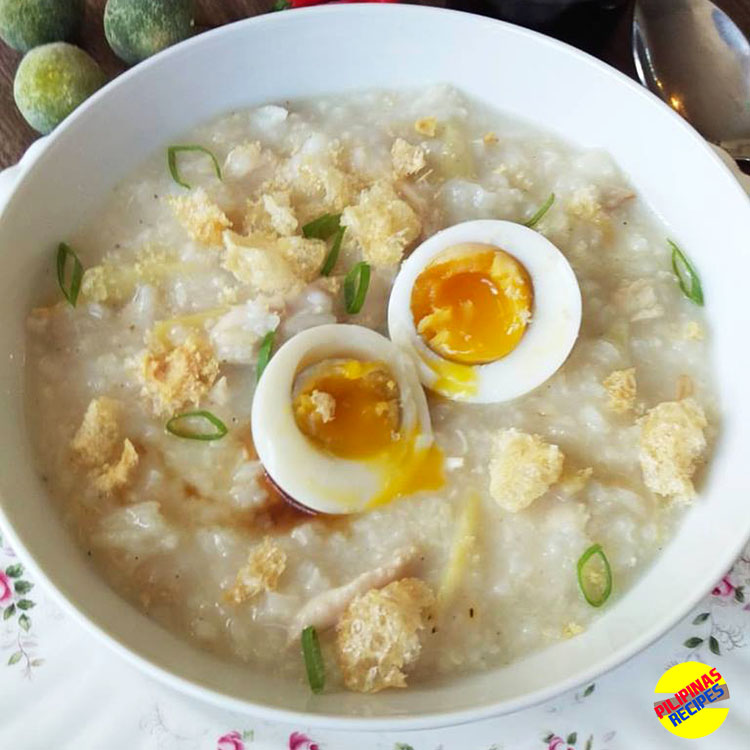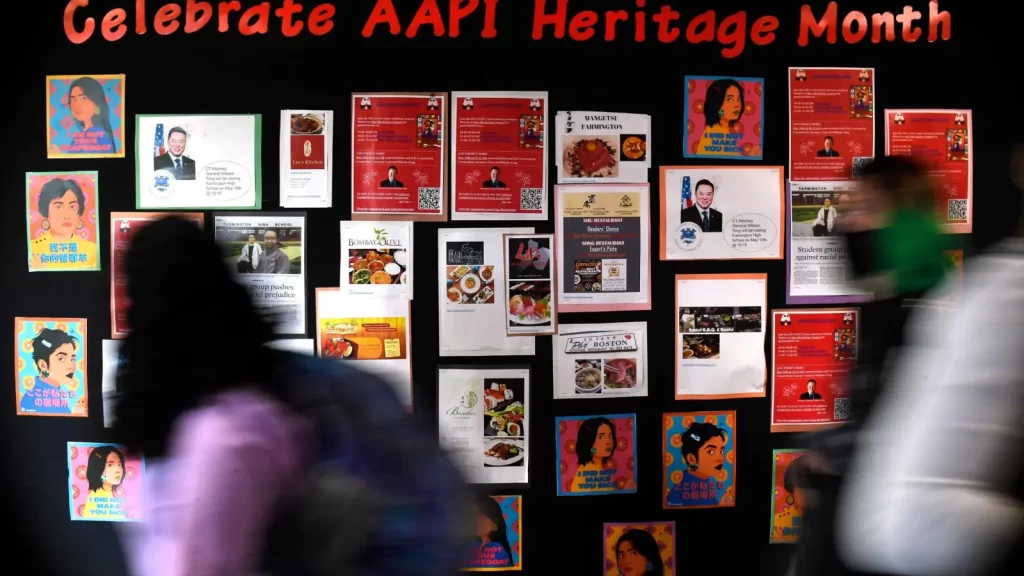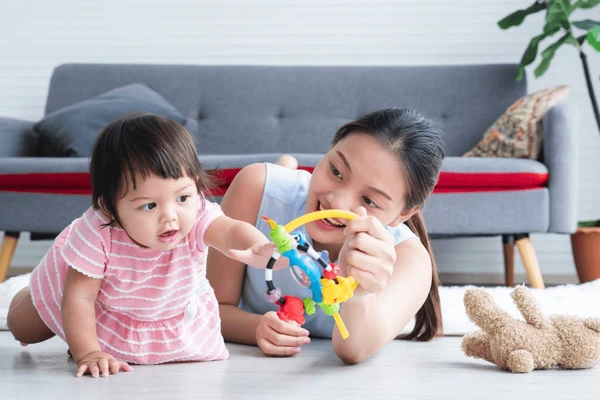The first time my daughter called a stranger “Aunty” on her own, I smiled to myself. That simple act said everything—it meant she was growing up in a place where respect, community, and cultural belonging weren’t just things we teach—they were things she absorbed.

Raising our kids in Hawai‘i has been such a gift. In this place we call home, culture is everywhere—and it’s not just one culture. It’s a blend of so many: our Filipino roots, the legacy of Polynesian voyagers, the Japanese and Chinese influences, the local Hawaiian values, and yes—even the tourists from the mainland. Hawai‘i is a true melting pot, and it gives our kids a unique kind of cultural confidence.
Growing Up Without the Mirror
My childhood in a military housing community on the mainland didn’t offer much reflection of who I was.
We didn’t have lumpia at school potlucks or Filipino books in the library. Fun fact, I didn’t even know how to properly pronounce my maiden family name—as it was a Filipino name, I always pronounced it with an American accent. I spent a lot of my youth learning how to blend in, not realizing what I was fading out.
Even in our own home, culture wasn’t something we actively passed down. My mom was the only real tie to our heritage, and she carried it quietly—never pushing, rarely teaching. Maybe she didn’t know how to balance culture with assimilation. Maybe she didn’t feel it was safe. Either way, I grew up disconnected from something I now treasure deeply.
What It Means to Be “The Norm”
Growing up on the mainland, I often felt like I was one of the only Asian kids in the room. But here, my kids don’t carry that same weight. They’re surrounded by people who look like them, eat the same foods, and share similar values. That familiarity does something—it lets them just be.
Here in Hawai‘i, my children see brown-skinned teachers, hear familiar last names, and learn about Filipino heroes and Hawaiian legends side by side.
They don’t have to explain why we take our slippers off before going inside. They don’t get teased for bringing pancit or arroz caldo in their lunch boxes. Here, they see themselves reflected—in friends, families, and even public spaces like murals and story times.

That kind of visibility builds a quiet confidence.
They don’t feel like they have to explain themselves. They belong.
Community Is Culture
In Hawai‘i, it’s not just about what happens inside your house. It’s the way aunties and uncles step in to help raise the keiki. It’s the way your neighbor brings you food “just because.” It’s the smell of garlic fried rice on a Sunday morning, and the unspoken rule that slippers come off at the door.
Here, parenting is a community effort. And for families like mine, that collective energy reinforces what we’re trying to teach at home—respect, humility, and love for your people.
Staying Aware of the Bubble
That said, I also try to stay mindful that just because our kids are surrounded by culture here, it doesn’t mean they’re immune to feeling different elsewhere. We still talk about other places, other people, and the value of seeing the world through someone else’s eyes. Yes, we are a majority ethnicity here on the island, but we are still mindful of other cultures and not overstepping on their values and traditions—especially when it comes to the Hawaiian value of protecting the land.
I want them to love being Filipino-American, yes—but I also want them to be global citizens who are compassionate and curious about everyone they meet.
The Challenge: How Much Culture Is Enough?
Even in a place as rich and diverse as Hawai‘i, I still sometimes question:
Am I passing down enough of our culture? Are they learning enough Tagalog? Will they stay connected if we ever move?
One day, I had a co-worker say that my food “smelled weird.” It was a simple comment—but it stirred something old in me.
That same worry I felt as a kid. I explained my food to my co-worker (not that I needed to, but I still wanted to share some knowledge of my culture) and thought to myself, “Some people just don’t know how delicious this is yet,” and just laughed it off.
What if this happens to my kids?
Would it deter them from eating the food we take pride in?
Sometimes I catch myself wondering if I’ve really prepared my kids for moments like that—moments when their identity might feel like “too much” to others.
That’s when I realized that culture isn’t just something you teach. It’s something you protect, nurture, and celebrate—again and again—until it becomes part of their foundation.
Final Reflections
Raising our kids in a majority-Asian space like Hawai‘i is something I never take for granted. They get to grow up knowing their culture is not only valid—but valued. And as a mom who had to find her cultural identity later in life, I’m grateful every day that my children won’t have to wait that long to feel proud of who they are.
Whether you live in a place like Hawai‘i or not, culture can be built.
It can be passed down. It can be lived out loud. You just have to start where you are—and trust that your love for your heritage will light the way.







